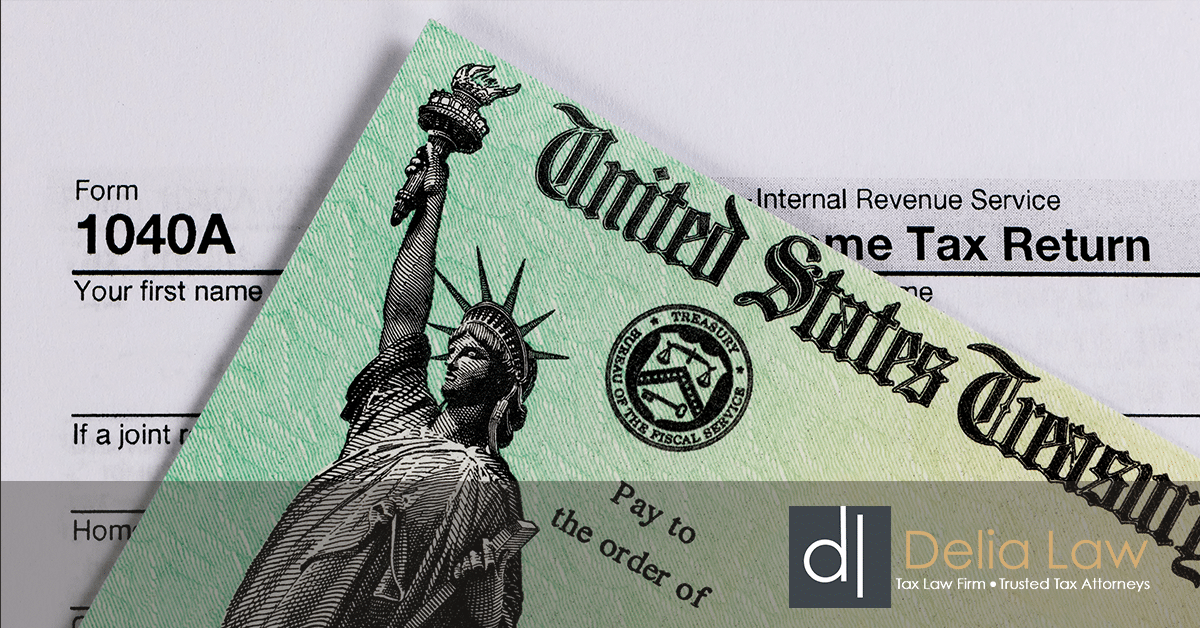The Internal Revenue Service (IRS) has expanded its Direct File system for the 2024 tax season, making it available to millions more taxpayers. Initially launched as a pilot in 12 states last year, the free online filing tool is now open to eligible filers in 25 states. The program, however, faces uncertainty beyond this year due to political and industry opposition.
Expanded Access and New Features
Last year’s trial received positive feedback, with most users rating it highly. In response, the IRS has broadened eligibility and introduced new features to accommodate more tax situations.
Direct File remains limited to taxpayers with simpler returns, primarily those who take the standard deduction and earn income from wages. Self-employed individuals, gig workers, and those who itemize deductions are not eligible.
Eligibility for Direct File
- Single filers: Income up to $200,000
- Multiple employers: Income up to $168,600
- Married couples filing jointly: Combined income up to $250,000
- Not eligible: Taxpayers who itemize deductions, gig workers, or those with complex tax situations
To check your eligibility, visit the Direct File eligibility tool.
Expanded Credit and Deduction Support
This year, the system supports more tax credits and deductions, including:
- Earned Income Tax Credit
- Child Tax Credit
- Child and Dependent Care Credit (new for 2024)
- Premium Tax Credit (for ACA marketplace coverage)
- Credit for the Elderly and Disabled
- Saver’s Credit (for retirement contributions)
- Deductions for Health Savings Account (HSA) contributions
Improvements for 2024
The system has been refined to provide a more seamless experience:
- Pre-filled tax forms: Some personal information, such as name, address, and Social Security number, can be automatically entered.
- W-2 import function: Users will be able to electronically import wage data from Form W-2 (available starting in February).
- Mobile-friendly design: Direct File is accessible via desktop, tablet, or smartphone.
- Live chat support: Filers can receive assistance through real-time chat.
Courtney O’Reilly, senior program manager for tax benefits at Code for America, called the improvements a “significant step forward” in reducing barriers to tax filing.
Political and Industry Opposition
Despite its expansion, Direct File remains a target of criticism from both private tax software companies and Republican lawmakers. Some members of Congress have argued that the program is an unnecessary government expense and have urged President Trump to discontinue it.
Scott Bessent, the nominee for Treasury Secretary, has stated that Direct File will remain available for the 2024 tax season but that he will reassess its future after reviewing the program.
State Tax Filing and Other Free Options
While Direct File covers federal tax returns, state tax filing remains separate. Filers needing to submit a state return will be directed to their state’s official filing system.
For those who do not qualify for Direct File, other free tax filing options remain available:
- Free File Program – A partnership between the IRS and private tax software providers, available to taxpayers with incomes up to $84,000
- IRS Free Fillable Forms – Available to all filers but without step-by-step guidance
- Commercial free filing options – Some tax software companies offer free filing services, but eligibility requirements vary
Last year, the Federal Trade Commission ruled that TurboTax’s parent company, Intuit, engaged in deceptive advertising about free filing options. Intuit has appealed the decision, arguing that its disclosures were clear and transparent.
Leadership Changes at the IRS
As the tax season begins, the IRS is undergoing a leadership transition. Daniel Werfel, who oversaw the Direct File pilot, resigned in January ahead of President Trump’s expected appointment of a new commissioner. Werfel had been appointed by President Biden and was originally set to serve through 2027.
Key Deadlines
- Federal tax filing deadline: April 15
- Extended deadline: October 15 (for filers who request an extension)
To check eligibility or begin filing, visit IRS.gov. Be sure to also contact a trustworthy tax attorney at Delia Law for experienced advice and counsel.





